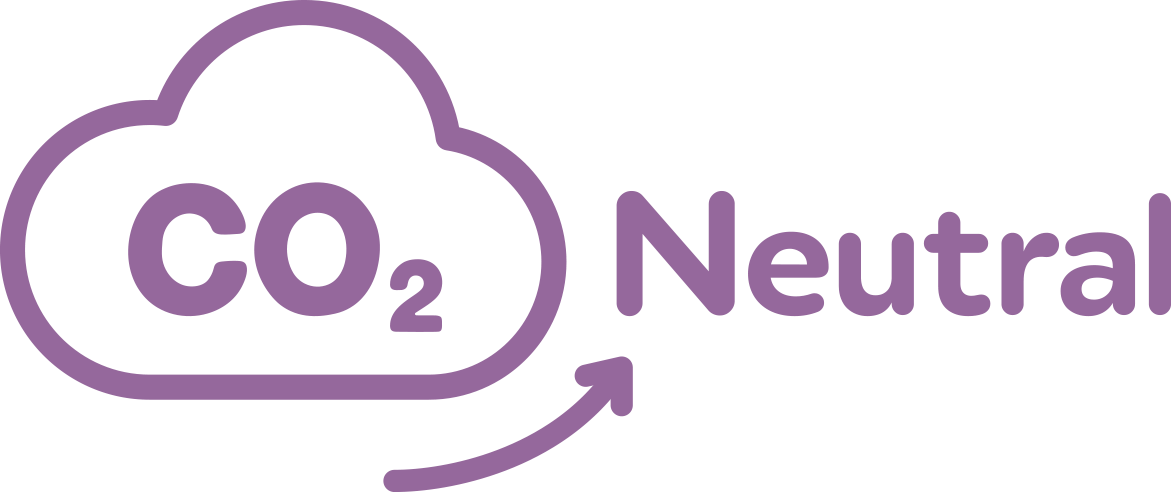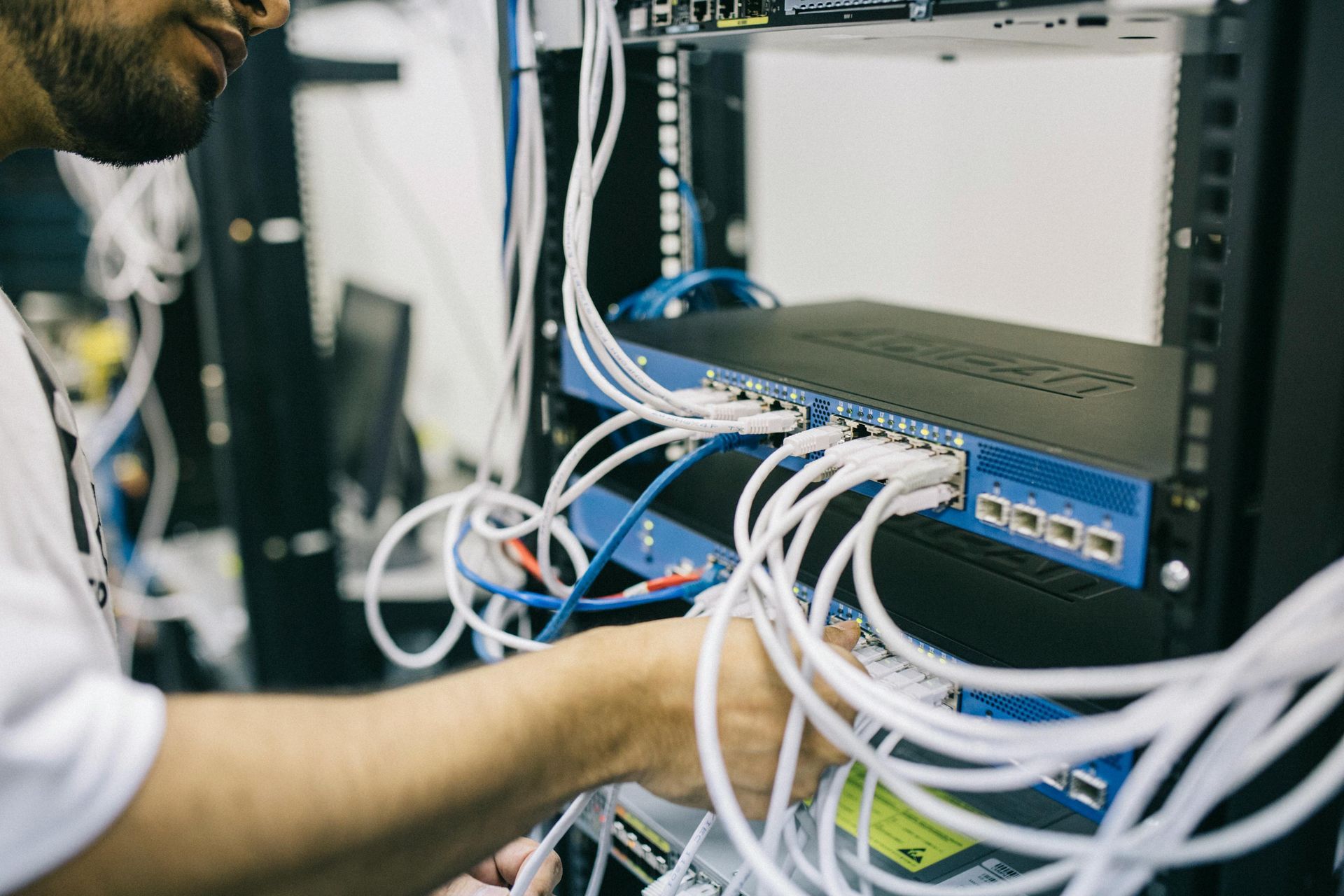The pro's and con's of CO2 offsetting
To reduce CO2 or offset?

The Pros and Cons of CO₂ Offsetting
Introduction
Climate change has become one of the most urgent challenges of the twenty-first century. Governments, corporations, and individuals are increasingly under pressure to reduce their greenhouse gas (GHG) emissions, especially carbon dioxide (CO₂), which is the primary driver of global warming. While the top priority remains direct emission reductions — such as transitioning to renewable energy, electrifying transport, and improving efficiency — carbon offsetting has emerged as a widely used complementary tool.
Carbon offsetting allows an entity to compensate for its emissions by funding projects that reduce, avoid, or remove an equivalent amount of CO₂ elsewhere. Examples include renewable energy initiatives, forest conservation, reforestation, methane capture, and clean cookstove programs. For every tonne of CO₂ reduced or removed, a carbon credit is generated, which can be purchased by organizations or individuals to “offset” their own emissions.
Supporters see offsetting as a practical, flexible, and cost-effective way to advance climate goals. Critics, however, argue that it can delay real action, create moral hazards, and sometimes fail to deliver promised benefits. This article explores the pros and cons of CO₂ offsetting, examining both its potential and its pitfalls in the fight against climate change.
The Pros of CO₂ Offsetting
1. Flexibility in Climate Strategies
One of the strongest advantages of carbon offsetting is flexibility. Not all emissions can be eliminated immediately — for example, in aviation, shipping, cement, and steel production. Offsetting allows organizations in these sectors to address their current footprint while working on longer-term decarbonization strategies. This makes offsetting an important transitional tool on the path to net zero.
2. Cost-Effectiveness
Offsets can be significantly cheaper than direct emissions reductions in some industries. For example, funding forest conservation or renewable energy projects in developing countries often costs less per tonne of CO₂ avoided than retrofitting industrial plants in developed economies. This cost differential enables wider climate action, as companies can achieve near-term climate goals while freeing resources to invest in longer-term systemic change.
3. Financing Sustainable Development
High-quality offset projects often deliver benefits beyond carbon. Clean cookstove programs reduce indoor air pollution, saving lives and improving health outcomes. Reforestation projects restore ecosystems, improve soil quality, and increase biodiversity. Renewable energy projects bring electricity to rural communities, supporting economic development. When certified under rigorous standards (such as Gold Standard or Verra), these projects contribute directly to the United Nations Sustainable Development Goals (SDGs), creating a “win-win” for climate and development.
4. Global Reach and Equity
Offset projects often take place in developing countries, where climate finance is most urgently needed. By channeling funds into these regions, offsetting can help close financing gaps, transfer technology, and support sustainable livelihoods. This aspect of offsetting also reflects a form of climate equity, where wealthier nations and companies contribute to climate action in places most affected by climate change but least responsible for causing it.
5. Engaging Individuals and Businesses
Carbon offsetting provides a tangible entry point for people and companies who want to take responsibility for their emissions but may not have immediate alternatives to reduce them. For example, an individual flying for work can calculate the CO₂ footprint of their trip and purchase offsets, while a small business can compensate for its energy use by supporting renewable energy projects. This sense of agency can build awareness and momentum for broader climate action.
6. Innovation and Market Development
The voluntary carbon market has spurred innovation in methodologies for measuring, verifying, and trading carbon reductions. Emerging technologies like direct air capture and biochar are being integrated into offset markets, pushing forward new solutions for carbon removal. At the same time, standards organizations have developed more robust frameworks for ensuring credibility, transparency, and traceability of offsets.
The Cons of CO₂ Offsetting
1. Risk of Delaying Real Emissions Reductions
The most common criticism of offsetting is that it can create a moral hazard. Organizations may rely on offsets as an easier, cheaper alternative to making the deep changes required to decarbonize their operations. For example, a company may continue burning fossil fuels while claiming “carbon neutrality” simply by purchasing offsets. This can slow progress toward systemic change and undermine the urgency of transitioning to low-carbon systems.
2. Quality and Integrity Concerns
Not all offsets are created equal. Some projects may overstate their impact or fail to deliver permanent reductions. For example:
- Forest conservation projects may claim to protect areas that were not at real risk of deforestation (“non-additionality”).
- Reforested areas may later be destroyed by fire or logging, releasing the stored carbon back into the atmosphere.
- Some renewable energy projects in middle-income countries might have been built even without offset financing, meaning the offset is not truly “additional.”
Such issues damage the credibility of offsetting and highlight the importance of rigorous certification and independent verification.
3. Permanence and Reversal Risks
Offsets based on nature-based solutions, such as forests and soils, face the challenge of permanence. Unlike geological storage, carbon in trees can be re-released through deforestation, pests, drought, or fire. Climate change itself is increasing the risks of these reversals, especially in vulnerable ecosystems like the Amazon or boreal forests.
4. Complexity and Lack of Transparency
The voluntary carbon market can be opaque and complex. Buyers often struggle to assess the quality of credits, while inconsistent methodologies across standards create confusion. Without clear traceability, there is a risk of double-counting, where the same credit is claimed by both a project developer and a corporate buyer. Although registries have improved transparency, challenges remain in building trust and clarity.
5. Ethical Concerns and “Greenwashing”
Some critics argue that offsetting allows wealthy companies or individuals to “buy their way out” of responsibility, perpetuating environmental injustice. If used poorly, offsetting becomes a form of greenwashing, where organizations claim climate leadership without addressing the root causes of their emissions. This can mislead stakeholders and weaken public trust in climate action.
6. Uneven Social and Environmental Impacts
While many offset projects deliver co-benefits, poorly designed initiatives can harm local communities or ecosystems. For example, large-scale tree plantations might displace indigenous communities or reduce biodiversity if they replace natural ecosystems. Similarly, projects may not always deliver promised local benefits, leading to conflicts over land use and equity.
Striking a Balance: Best Practices for Offsetting
The debate around CO₂ offsetting is not about whether it should exist, but how it should be used. To maximize benefits and minimize risks, several best practices are recommended:
- Prioritize Emissions Reductions First
Offsetting should complement — not replace — efforts to directly reduce emissions. The widely accepted “mitigation hierarchy” is:
- Avoid emissions where possible.
- Reduce emissions through efficiency and clean technology.
- Offset only the remaining, unavoidable emissions.
- Choose High-Quality Offsets
Offsets should meet stringent criteria of additionality, permanence, verifiability, and transparency. Certification under respected standards such as Gold Standard or Verified Carbon Standard (Verra) provides greater assurance of quality. - Support Long-Term Carbon Removal
Where possible, buyers should prioritize offsets from projects that permanently remove CO₂ from the atmosphere, such as reforestation, soil carbon sequestration, biochar, or engineered solutions like direct air capture, rather than only temporary avoidance projects. - Ensure Social and Environmental Integrity
Offsets should deliver co-benefits for communities and biodiversity, aligning with the UN SDGs. Projects must involve local stakeholders in decision-making and respect indigenous rights. - Increase Transparency and Accountability
Companies should disclose how much of their climate strategy relies on offsets versus direct reductions, and clearly report the types and sources of credits they use. This builds credibility and reduces accusations of greenwashing.
Conclusion
CO₂ offsetting is a powerful tool in the fight against climate change. On the one hand, it provides flexibility, cost-effectiveness, and critical financing for sustainable development, channeling resources into projects that benefit both people and the planet. On the other hand, it carries risks of misuse, quality concerns, and the danger of delaying the deep systemic changes needed to decarbonize the global economy.
Ultimately, the effectiveness of offsetting depends on how it is used. When approached responsibly — as a complement to aggressive emissions reductions, underpinned by high-quality standards, and integrated with broader sustainability goals — offsetting can play an important role in the transition to a net-zero world. But when treated as a substitute for real change, it risks undermining climate action and perpetuating business as usual.
The path forward lies not in abandoning offsetting, but in reforming and strengthening it, ensuring that it supports — rather than substitutes for — the urgent task of reducing global emissions. In this way, offsetting can serve as a bridge, helping humanity move from a high-carbon present toward a more sustainable future.





